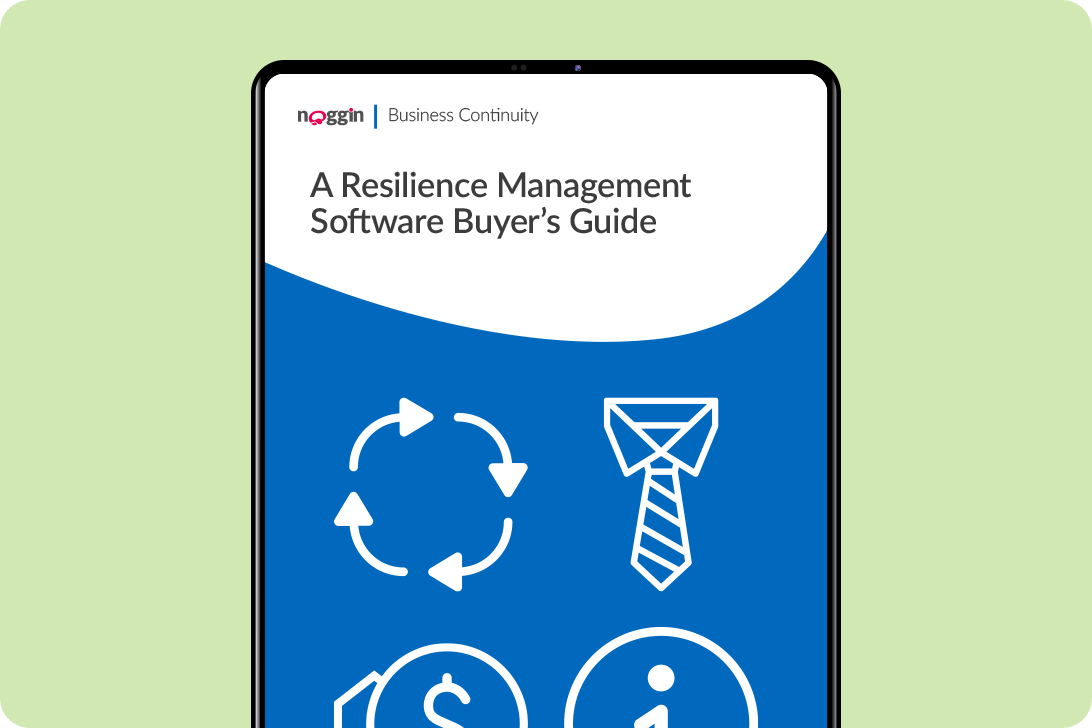Request a Demo
Fill in the form below and we will contact you shortly to organised your personalised demonstration of the Noggin platform.
Meet Noggin
An integrated resilience workspace that seamlessly integrates 10 core solutions into one, easy-to-use software platform.
The Noggin Platform
The world's leading integrated resilience workspace for risk and business continuity management, operational resilience, incident & crisis management, and security & safety operations.
Industries
Explore Noggin's integrated resilience software, purpose-built for any industry.
Guide to Developing a GDPR Data Breach Response Plan
Best Practice Guide
Financial institutions remain incredibly vulnerable to cyberattacks
Handling massive data troves of potentially lucrative private information as they do, financial services firms, especially commercial banks, are about 300 times more likely to be successfully attacked than businesses in other industries.
And those cyberattacks take a toll. Hacked financial institutions usually see a steep drop-off in consumer confidence, not to mention losses in sales and revenue.
The costs are only rising: an average data breach now costs the financial industry $336 per record. For context, this year’s Exactis data breach exposed 340 million records.
For finance, the regulatory burden is getting stiffer as well. As you probably know, the General Data Protection Regulation (GDPR) has come into force in the last few months with a set of prescriptive regulations intended to protect the consumer data of European citizens.
Under the terms of the GDPR, businesses, whether operating in the European Union or offering goods or services to EU customers, are obligated to protect the personal data (as defined below) they gather. The penalty for non-compliance if that data gets misused: some of the steepest fines in the world, totaling up to four percent of an organization’s annual global turnover or 20 million euros.
Download the full guide to continue reading >>



